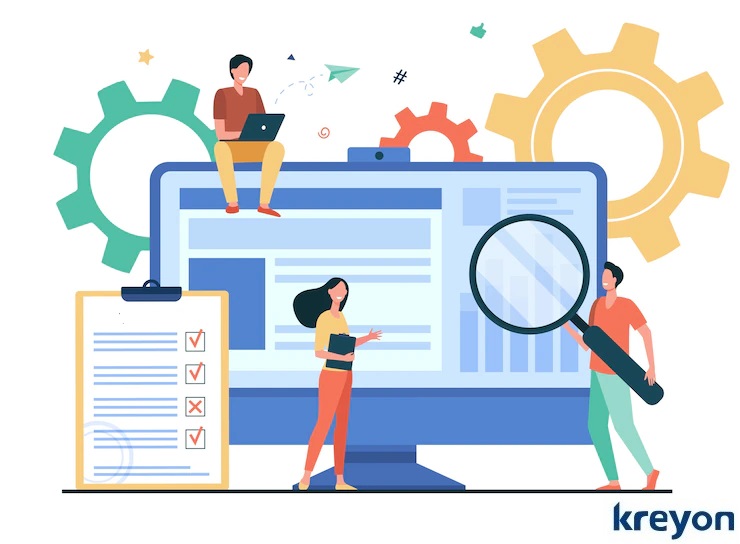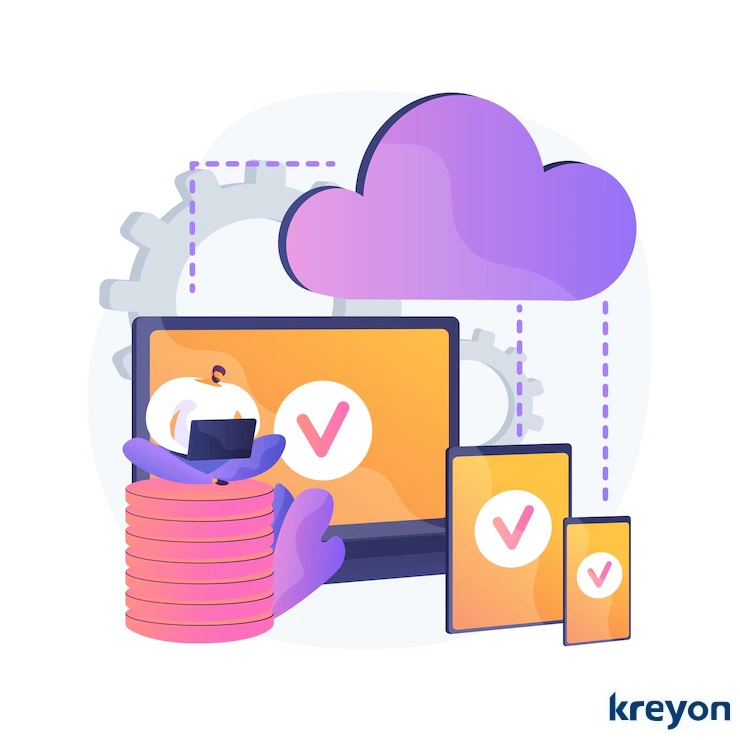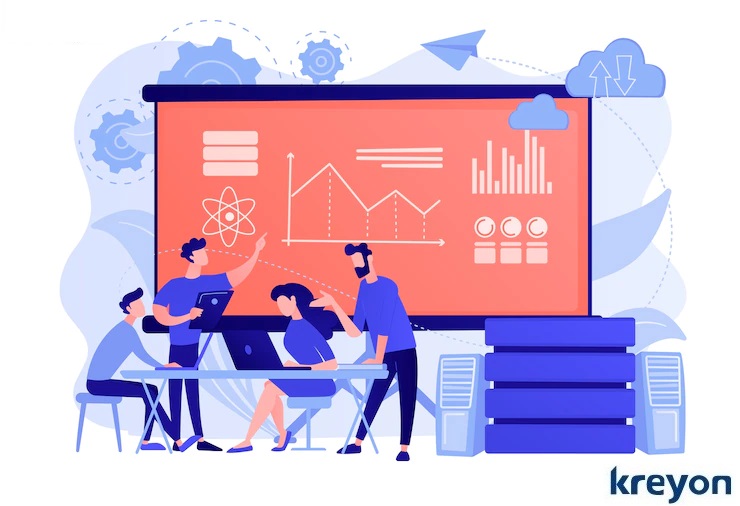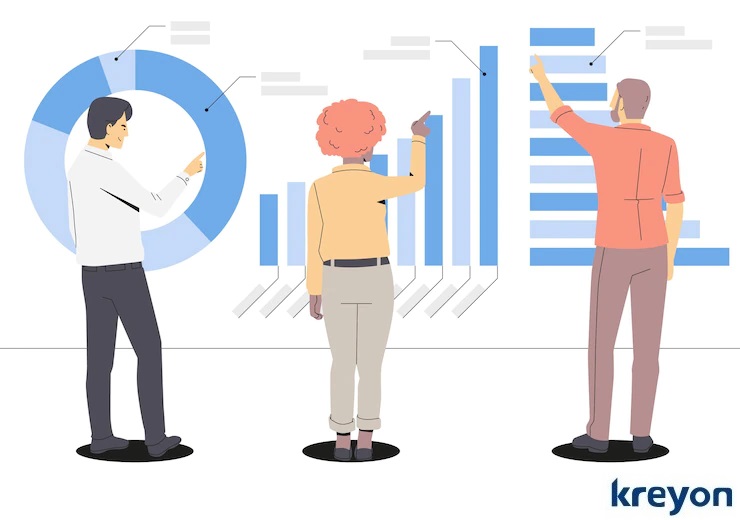The Ultimate Heuristics for Effective SaaS Development

Effective SaaS development requires careful evaluation, prioritizing & alignment with business goals. Organizations need to choose the right development metrics, stay nimble, and focus on meeting the business needs. SaaS development processes shape products and online services for companies today.
Here’s a look at the heuristics for SaaS development to optimise resources, exploit the potent technological inflexion points and increase product life to meet market demands.
1. Positive Frame of Mind
Software development can be a chaotic job, dealing with unknown changes, technological shifts and ever-increasing market demands is not easy. A lot of developers choose to complain and whine. However, the best one learn, adapt and continue to stay updated with the demands of the industry.
A positive outlook is an oft overlooked, but important skill for building quality products and services. Teams that are building something truly valuable need to zone into the right mindset before they can deliver the results.
If you spend a significant portion of their day working, would you like to do something you don’t like? Building a good product team requires a strong culture of learning and passionate team members who love their work.
2. Readability of Code
 Collaboration is the key to a successful team effort, however, enforcing it at the code level can be hard. SaaS development needs efforts from multiple software developers, architects, & UX designers among others.
Collaboration is the key to a successful team effort, however, enforcing it at the code level can be hard. SaaS development needs efforts from multiple software developers, architects, & UX designers among others.
Reading the code of others is an important skill that developers need to master. More often than not, developers spend more time reading code than writing it. So, readability of code rates among the top qualities for SaaS development.
The best teams enforce standards and best practices for writing standardised code. They use design patterns, coding standards, comments and structured roadmap to ensure consistency for their development efforts. The attrition in software industry was over 20% in 2021, and expected to rise higher in 2022. So new developers often have to work on a legacy codebase, hence it is advisable to improve the readability of code for quality SaaS development.
3. Reversibility
One of the key engineering principles in software engineering is reversibility. It implies a software system that has built-in processes to undo any or all steps and move to a previous state. There are no final decisions as there are too many parameters, changes are frequent and manageability is critical.
Reversibility ensures that the enterprise application maintains information of each stage and can go back to a previous stage without any loss of information in a consistent way. There is a single source of truth for the complete application. Every action or change of information is recorded and the system can be reversed to a previous stage, if need be.
A reversible system may also log information that could be used for troubleshooting any errors or exceptions. All the states are stored in persistent storage & the interactions are free from the state management complexity. Every action can be reversed, which makes error detection and fixing easier as well.
4. Prototyping & Architecture:

The architecture of a SaaS application has a significant role in its scalability. A lot of times organizations are looking to experiment and launch new ideas for their customers using quick SaaS product prototypes. The early stage prototypes can be used for building full fledged SaaS products to serve a large customer base.
Here is a look at some of the architectural decisions for SaaS development
Are major components of your SaaS application well defined and appropriate?
How do the major components interact with each other?
Is coupling between different components/modules minimized?
Are there potential sources of duplication, can you list them?
Are interface definitions & constraints clearly documented?
Does every component or module have an access path to the data, when it executes?
Is the user environment and workload clear?
What are the preconditions, postconditions, and invariants for the SaaS application?
How often would the SaaS application need to be updated?
What are the security considerations for user data?
What are the compliance needs and regulatory guidelines for the data?
A breakdown of the key requirements of the SaaS application can help the product teams to make the right architectural decisions. The SaaS development needs to deal with uncertainties and frequent changes, but organized and clear information with real-time needs of users is of immense value to deliver a scalable application.
5. Development Environment
The developers cannot afford to work in isolation. They need to coordinate and collaborate with the team to deliver their work is in synch with the needs of the projects on real time basis.
It is important for teams to set-up the development environment where teams get upto date emails about development check-ins realtime. The development environment and work in progress need to be in synch. All development work must be tested and integrated with the latest application codebase. There is a growing need to integrate, test and keep developers in loop with each others work.
The build engineer/product owner has to ensure that the development environment is set-up and resolve any code conflicts to ensure consistency. The build process, accessing the latest codebase, key information and integrations etc. need to be automated using centralized processes.
6. Product Design & UX

Product design and user experiences influence the adoption of your app significantly. A simple and intuitive user interface reduces adoption barriers for the SaaS application. When a product provides cues and nudges to help users what they wish to accomplish, users are more likely to come back to the SaaS application.
The product design influences the user decisions and helps them achieve their tasks using focused screens. The emphasis is on UI design that helps users to operate the product intuitively. The application provides validations, checks and balances for users to make progressive efforts for the time spent on the product.
Minimal product designs start with the end-users in mind. It helps team build focused products that have tangible impact on what their customers are looking to achieve. Design thinking & lean product development approaches don’t add features unless there is strong customer demand for them.
7. Systems Thinking
For effective SaaS development, companies need to develop systems to optimise every stage of development. Teams need to ensure all developments are aligned with maximizing business impact and delivering customer value.
Teams cannot spend too much time on development cycles and build things in a silo. It is imperative to get the individual parts to integrate with the overall application and receive customer feedback in the user environment at the earliest.
Systems thinking employs processes at every stage to gather feedback, collect usage data, and build robust mechanisms to help the organisation achieve its goals. Systems thinking employs processes for creating development stories, test cases, refactoring codebase, integrations, collecting usage data etc.
8. SaaS Platform Administration

SaaS development can be improved significantly by creating visible systems and processes. The SaaS platform administration manages development, deployment and monitoring activities such as new sign-ups, onboarding new users, email marketing campaigns, renewals, managing data etc.
SaaS Administration Activities
User profile management: Managing the list of all active users on the platform
Sign-ups: These are the new customer/users who sign up on the platform
Application and Data Security: The application and data needs to be secured using GDPR or HIPAA(Medical apps) should be defined and implemented from the initial phase in the system.
Trial Management & Updation Plan: How is your application trial period managed and configured? How can users update and become paid customers?
Billing Management: How do users pay for their subscriptions on the system? How is the process managed.
Third Party Integrations: What are the third party applications that need to be integrated to your SaaS application?
Platform Specifications: What are the supported platforms for your SaaS application? Do you have separate mobile apps for Android, iOS & Windows? Which browsers are supported?
API Management: Which third party applications use your APIs? Do you have an API guide for third-party developers/applications?
Interactive Support: How are users supported on your SaaS application?
Profiling & Optimizing: How is your application performance benchmarked, managed and optimised?
Platform Usage Statistics: What is the total number of users, conversions and usage patterns of your applications? How do you measure customer churn?
SaaS development using innovative processes can help companies develop market winning products and solutions. With the product lifetime reduced due to ongoing technological disruptions, well orchestrated SaaS development processes and innovations are bankable growth opportunities for companies.
Kreyon Systems is a SaaS product company. If you have any queries for us or need help in SaaS development, please reach out to us.
